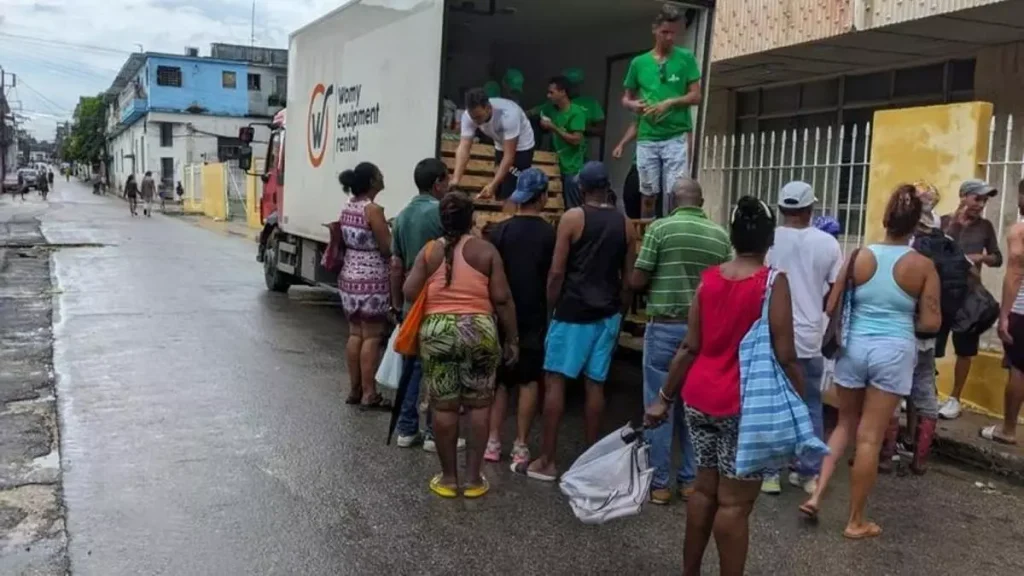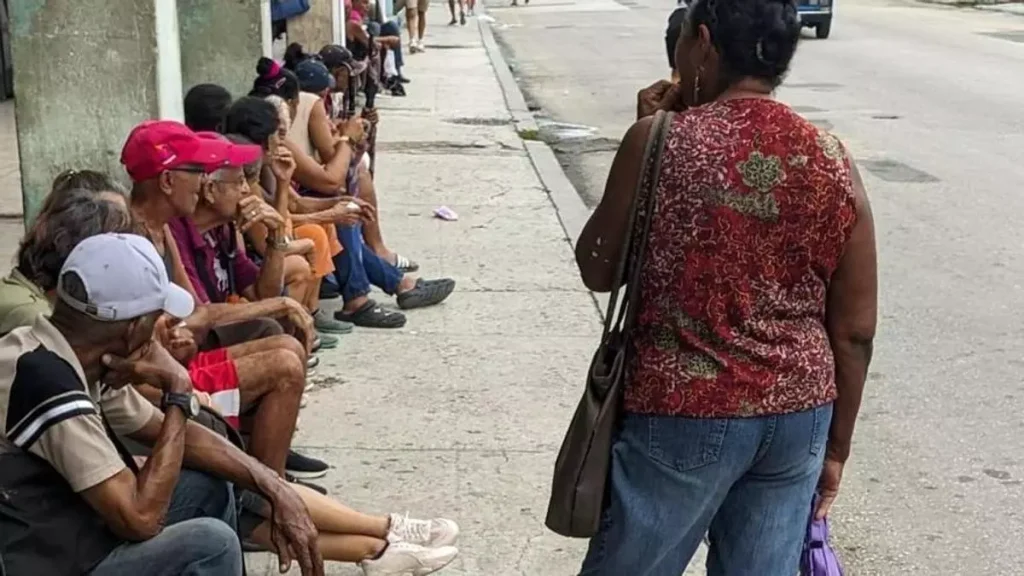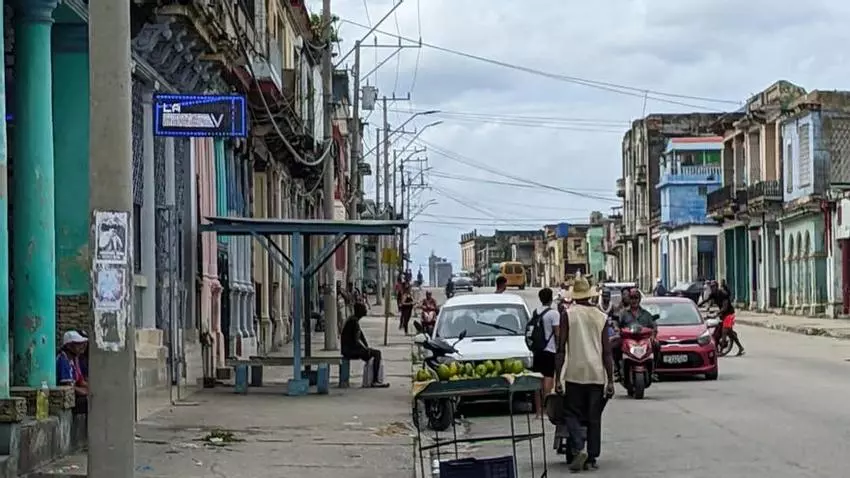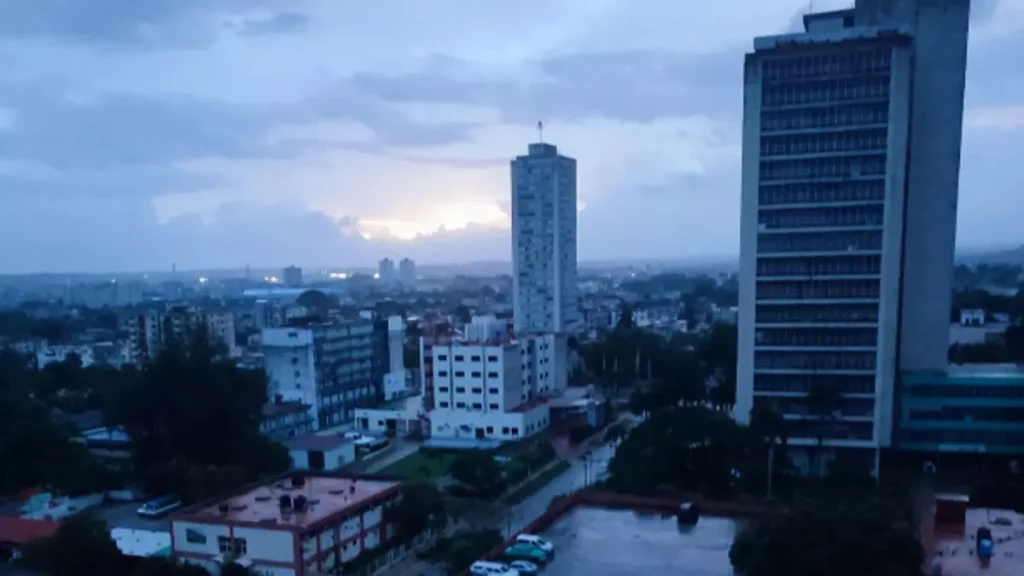
![]() 14ymedio, Havana, October 19, 2024 — By Saturday it will be 24 hours since a massive power outage gripped Cuba on Friday morning. Meanwhile, getting the nation’s power grid back up and running seems to be moving slowly. 14ymedio was able to confirm that electricity was restored to a few isolated facilities in Havana such as hospitals. However, the Cuban Electric Union (UNE) reported that, as of 6:15 AM, the entire power grid in the west of the country was down again. Of the 650 megawatts that were restored by early morning, 350 were later lost to a system malfunction.
14ymedio, Havana, October 19, 2024 — By Saturday it will be 24 hours since a massive power outage gripped Cuba on Friday morning. Meanwhile, getting the nation’s power grid back up and running seems to be moving slowly. 14ymedio was able to confirm that electricity was restored to a few isolated facilities in Havana such as hospitals. However, the Cuban Electric Union (UNE) reported that, as of 6:15 AM, the entire power grid in the west of the country was down again. Of the 650 megawatts that were restored by early morning, 350 were later lost to a system malfunction.
The sound of the canon being fired from the San Carlos de La Cabaña Fortress at 9:00 PM marked the beginning of another dark night in the capital. At no point in the day could smoke be seen rising from the giant fuel-powered Turkish generator floating in the harbor, an unequivocal sign that there would be no electricity anytime soon. Not everyone was in the dark, however. Some private businesses remained open thanks to backup generators. Yet as hospitals were struggling to get by, several government offices were wasting energy.
Such was the case with the local Communist Party headquarters on the night of October 18 in Versalles, a town in Matanzas province, which managed to keep its outdoor lighting, illuminated sign and nearby street lamps turned on. continue reading
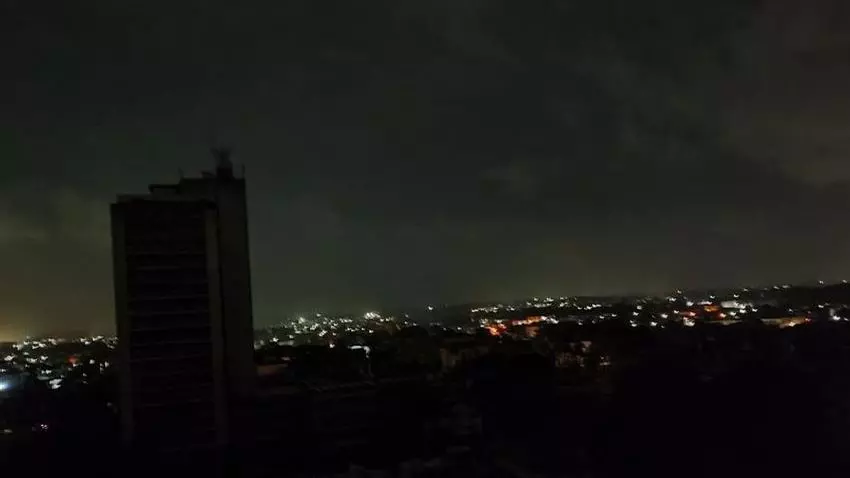
After a quiet night at 14ymedio’s editorial offices in Nuevo Vedado, there was still no electricity in the morning. By dawn, it was clear that power had temporarily been restored to some areas near Old Havana and the bay but, shortly thereafter, they lost it again. As it turned out, the cold front that has caused heavy rains and flooding in recent days did bring some relief from the heat to Havana’s residents, who were unable to turn on their fans or air conditioners. In fact, several residents decided to heed the warnings of their more experienced neighbors and unplugged all their home appliances to prevent them from catching fire in the event of a sudden power surge.
In a morning news update on Cuban television, which continues broadcasting even though few can watch it, officials explained that every province, except Artemisa, have managed to restart generating stations and isolated power plants in order to provide electricity to nearby diesel-powered electrical plants, which need at least some energy to start up again. The Energás plants in Boca de Jaruco and Puerto Escondido, which supply Varadero and parts of the capital, had been operating since the afternoon. One unit of the Santa Cruz del Norte plant in Mayabeque and three units of the Mariel plant in Artemisa were scheduled to be restarted at dawn.
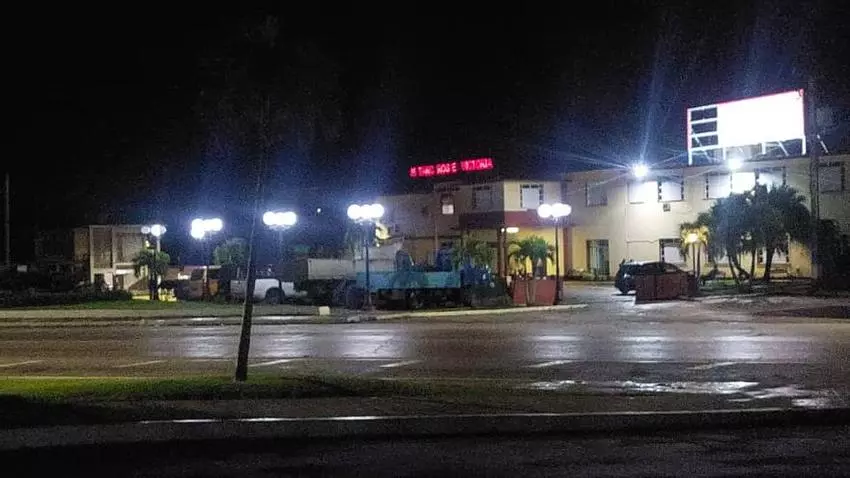
The floating Turkish generator managed to get power to Renté plant in Santiago de Cuba, though officials have not yet confirmed if it is working or not. The Felton plant in Holguín and the Tenth of October plant in Camagüey were also expecting a partial restoration by late evening. Only two Moa units are operating.
When asked about the massive power outage, Lázaro Guerra, director of the Ministry of Energy and Mines, said he could not guarantee that the electrical grid would be fully operational by Sunday but hoped that “important advances” could be made on Saturday.
Currently, only three Havana hospitals — Calixto García, Central Havana Pediatric and Enrique Cabrera (National) — have electricity. Power has also been partially restored to some neighborhoods such as Altahabana in the Boyeros district (5,100 customers) and Cojímar and others in the Regla district (3,700 and 3,000 respectively).
A journalist for state media, Lázaro Manuel, also reported that, in Pinar del Río, power had been restored to city hospitals and central commercial areas of Mantua, Sandino and Palacios.
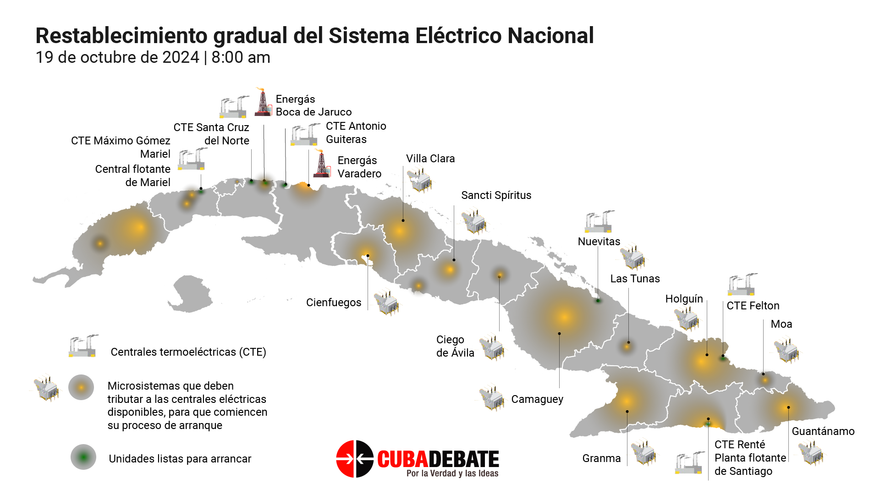
As for the Antonio Guiteras thermoelectric plant in Matanzas, whose sudden failure caused the collapse of the country’s entire power grid, officials have only said that repairs there have been completed and that they are trying to restart it. One day before the “total disconnection,” UNE officials warned that, after operating all summer, the plant needed to be shut down for maintenance. All indications are that the plant failed before that could happen.
Faced with the uncertainty that has gripped the entire country, government leaders are resorting to the usual appeals for people to pitch in and promises that everything will return to normal, though without indicating exactly when that might happen. “I repeat — and this is what you [the electrical workers] are proposing — no one will rest until we fully restore the system. And we will work with all the precision, with all the dedication and with all the perseverance [needed] to do so,” said Cuban president Miguel Díaz-Canel yesterday afternoon to senior officials from the Cuban Communist Party and the Ministry of Energy and Mines, who met in a room that had both power an air conditioning.
As expected, the president blamed the U.S. embargo for the situation, stating that the blackout is “yet another demonstration of all the problems that the blockade is causing us.” Claiming that he was not trying to give a long, tedious answer, he added, “Sometimes people say, no, that it is due to inefficiency, that they want to annoy people.” Scattered among the president’s complaints were clues about the current energy situation. “First, we do not have the fuel we need. Also, we have not been able to conduct the needed repairs. And all of that is due to the [hard] currency situation, currency that we do not have because of financial persecution, and the fuel that we do not have because of the energy persecution. It is the blockade. It is because of the intensified blockade of these times,” he concluded.
He asked the public for the usual “understanding of the situation, of the complexity of the moment we are experiencing.” Without going into too much detail about the magnitude of his words, he also said, “Even when we get out of this situation, of the total ’disconnection’ that we had, we will still be in this emergency [situation], which will vary depending on the results of a series of efforts that we have made [to secure] financing and available fuel.”
Díaz-Canel explained that, even after the island’s power grid is restored, Cuba will still face power cuts, for which he tried to avoid taking responsibility. “It is a tense, complex situation that is not solely dependent on the wishes being expressed or the desire to resolve this situation,” he said. “It also has to do with objective problems of fuel availability, financing availability and availability of electrical generating capacity at this time.”
“It’s a tense, complex situation that is not solely dependent on the wishes being expressed”
With regard to transport, the minister of that portfolio, Eduardo Rodríguez Dávila, reported that airports are operational thanks to their generators but there have been problems in maintaining the movement of inter-provincial trains and buses due to the fuel shortage. In the capital, where the situation is less uncertain than in other provinces, 125 micro-buses will be running on Saturday out of the 243 normally in operation, along with 74 of the 150 electric tricycles, said Rodríguez Dávila.
An employee at Havana’s José Martí International Airport told 14ymedio that, although the air terminal has, so far, been able to rely on its own generator, airport officials believe they will run out of fuel by 11:00 AM on Sunday. “If they don’t give us the go-ahead [to refuel the generators] now, we will have to close the place down,” he said. He also noted that Cubana de Aviación has scheduled a Saturday flight for the presidential IL96 aircraft. While he dares not speculate as to why, one idea seems tempting to him. “I hope they take off and leave all this behind. If they do abandon the country, it will happen like this, in the middle of a massive blackout, so that no one finds out.”
Even the U.S. Embassy in Havana issued a statement asking its citizens on the island to take extreme precautions. “Today, Cuba’s entire power grid was shut down due to the failure of one of the country’s main power plants. It is not yet known when power will be restored. Emergency services are expected to continue to operate but U.S. citizens in Cuba, or those planning to travel there, should take precautions. Internet and cell phone service outages are also reported,” the embassy posted on X.
According to a Havana airport employee, the air terminal only has enough fuel to last till Sunday morning
Cubans have known something is going on since Prime Minister Manuel Marrero appeared on Cuban television Thursday night. In his speech, which lasted less than an hour, he announced that the government had decided to “paralyze the economy in order to guarantee a minimum level of electrical service.”
The information had been previously released by the UNE, which issued a statement indicating that “non-vital services that generate energy costs” would be suspended. These include educational activities at all levels from Friday to Sunday. Additionally, cultural activities, discos, recreation centers and “other activities that generate high concentrations of people” would be suspended, both in state and private sectors.
Only vital facilities such as hospitals and food production operations will remain while essential workers will remain at their jobs.
Meanwhile, the director of the country’s state owned oil company, CUPET, explained that a ship loaded with fuel oil, “which the country purchased with extraordinary effort, arrived on the 9th [of October]. However, this coincided with the arrival of bad weather and it was not able to dock in Matanzas until the 14th.” The ship in question, which the director did not name, is the Equality, a vessel registered in Tanzania. It is one of the ships the country uses to transport cargo, in this case fuel, between between Cuban ports.
References to the construction of solar-energy farms and plans to eliminate fossil fuel dependency fell on deaf ears now that Cubans find themselves in complete darkness and without a viable short-term solution.
____________
COLLABORATE WITH OUR WORK: The 14ymedio team is committed to practicing serious journalism that reflects Cuba’s reality in all its depth. Thank you for joining us on this long journey. We invite you to continue supporting us by becoming a member of 14ymedio now. Together we can continue transforming journalism in Cuba.








